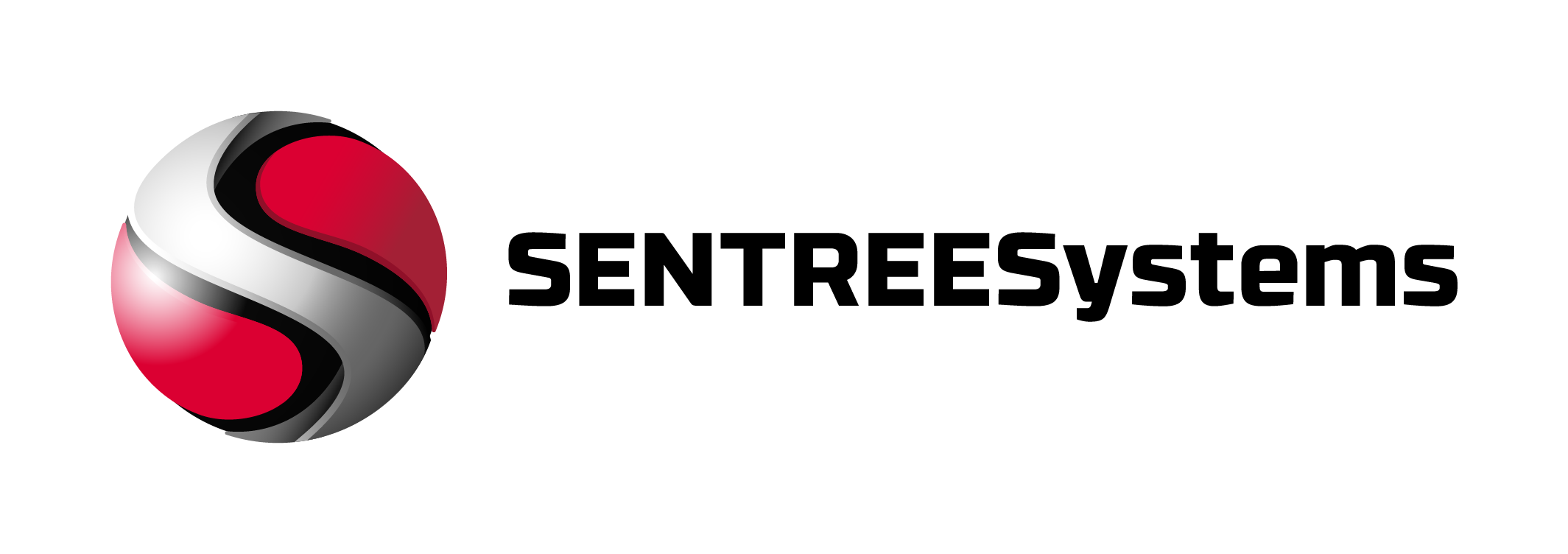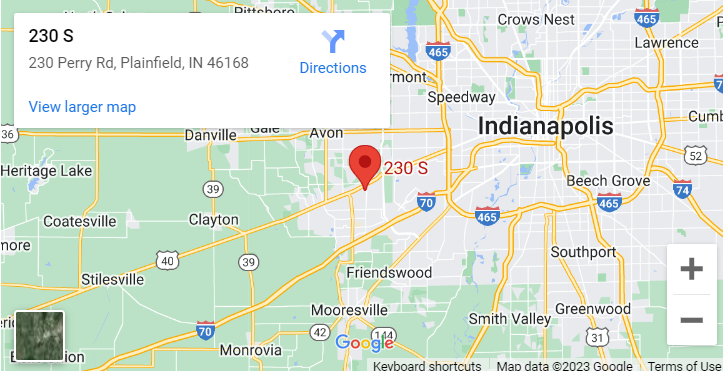PCI Compliance is a critical issue to businesses of all sizes
In the current age of commerce where digital marketing reins supreme, consumers are on the lookout for robust online security. How can anyone with a bank or credit card be sure that the website from which she’s buying something is secure?
Breeding Consumer Confidence with PCI DSS
The answer is straightforward: PCI DSS compliance is the standard for online data security. Following the requirements for PCI DSS compliance ensures that businesses have maintained a secure network , which gives the consumer confidence that her cardholder data is protected. To this end, the following are 5 of the most important aspects of PCI DSS compliance:
, which gives the consumer confidence that her cardholder data is protected. To this end, the following are 5 of the most important aspects of PCI DSS compliance:
- Implement a Firewall to Protect Cardholder Data: This first action is most important, because it creates an environment where wireless traffic can’t stream through and run roughshod over sensitive data, picking up credit card numbers and customer names with abandon. A firewall rejects traffic that doesn’t meet minimum-security criteria, and treats the network as a sort of cyber-safe.
- Maintains a Robust Antivirus Solution: Selecting a cloud-based sophisticated virus and malware
 program is critical to being PCI DSS compliant. A strong antivirus
program is critical to being PCI DSS compliant. A strong antivirus carries a database that makes it relatively easy for users and companies to quickly locate and dispatch a virus from a network.
carries a database that makes it relatively easy for users and companies to quickly locate and dispatch a virus from a network. - Establish Brick-and-Mortar Protection: This just means that all business must ensure that the physical building where cardholder data is stored must be largely inaccessible to the public. It is an essential aspect of PCI DSS compliance; and onsite protection is just as important as computer software security.
- Use Company-Specific Security: This means companies should not purchase certain wholesale security services from a third-party. Examples of these are system passwords for various security functions. It decreases overall security because a vendor outside of the company can now, in principle, gain access to the system. It reduces the company’s ability to maintain secure applications, which directly conflicts with a core requirement of PCI DSS compliance.
- Uniquely Distinguish Between Cardholders: Every consumer that visits the secure website should be accorded their own identification – which often consists of n email address, password and username. This combination must be unique for every user.


